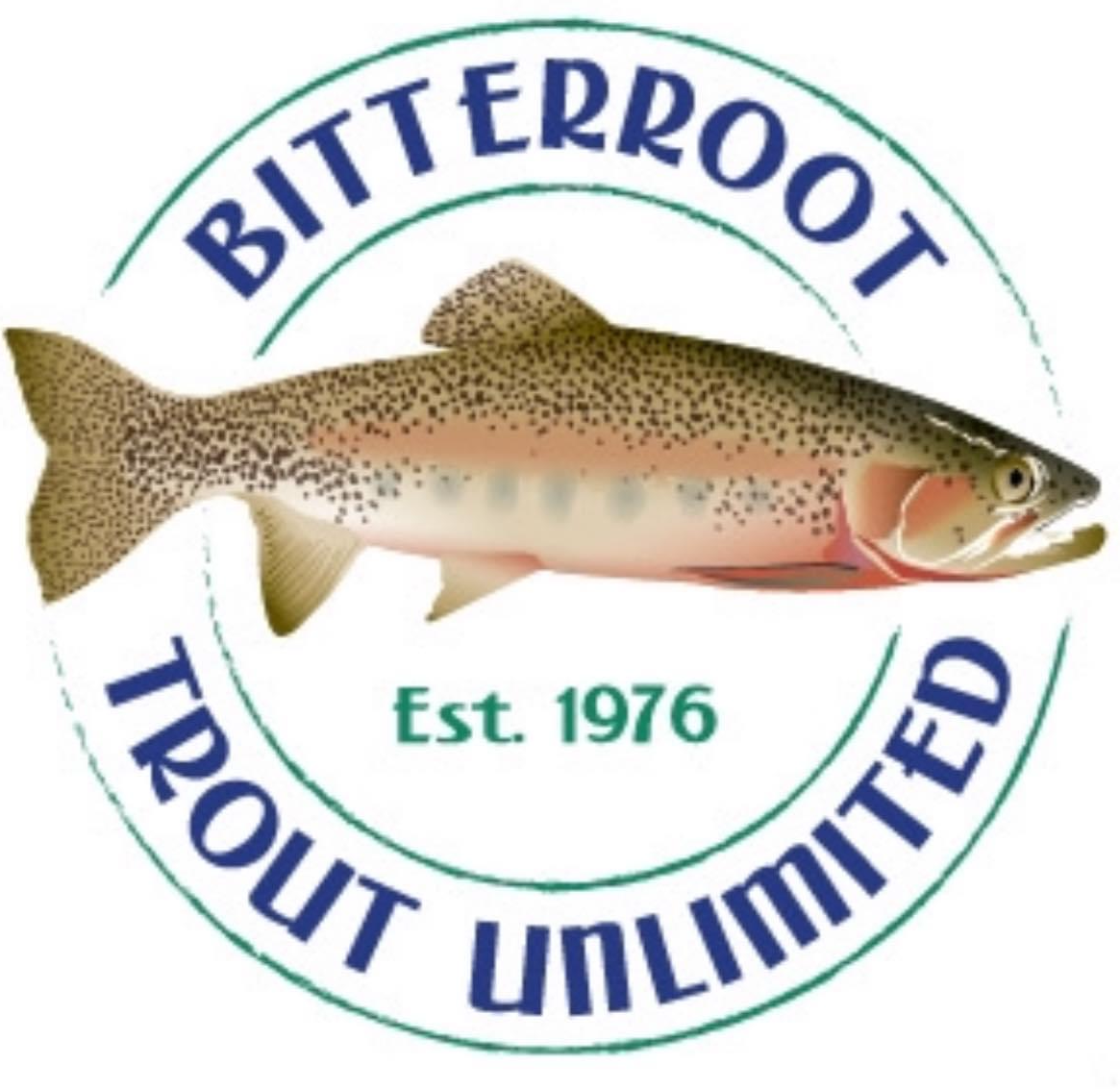What We Do
stream restoration & Management
A watershed can be understood as the area that drains into a given river or lake. While that definition is simple, the mechanisms that sustain — or threaten — the health of a watershed often are not. These mechanisms include biological, physical and chemical processes that happen instream, as well as on the ridges, slopes and other landscape features adjacent to streams. Sometimes activities or events far from a river are a primary cause of degraded water quality or other problems that show up in that river.
For example, flooding and accelerated erosion along a stream could be due to poor upland forestry practices many miles away. Similarly, abandoned mine tailings near an ephemeral stream could impact aquatic invertebrate communities in a mainstem river downstream. Successful watershed restoration requires an understanding of all these processes, how they interrelate, and what strategies and tactics work best to identify and mitigate the causes of degradation.
Impairment of habitat and water quality limits the health and productivity of trout and salmon fisheries in many watersheds. Fortunately, many types of watershed degradation are reversible. Trout Unlimited applies various strategies, including curtailing pollution from abandoned mines, reducing runoff from farmlands, retaining stormwater, stabilizing and re-vegetating streambanks, and enhancing instream habitat, to address such degradation and rebuild habitat and fishery productivity.
trout in the classroom
BRTU's Trout In The Classroom projects, now finishing its 3rd year, students in several local high schools learn how trout develop from eggs into small fish and learn important lessons about water quality and conservation. In April and May, the trout from Jeff Kaiser's class at Corvallis High School and Vanessa Haflich's Hamilton High School were released in the pond at Hieronymus Park.
BRTU is committed to TIC as a key element of its youth education effort, and is underwriting the program in four valley high schools, with plans to expand it next year.
If you would like to learn more about BRTU's TIC program, please contact Greg Chester or Dave Ward.
buggers
Bitterroot Buggers is a class for boys and girls ages 9 – 14 years that introduces them to fly tying, fly fishing basics and conservation. The class has been offered continually since 1998 to Bitterroot youth and has graduated more than 1000 students. The class is limited to 30 beginners and 10 advanced students to insure quality instruction by Bitterroot volunteers. The curriculum covers fly tying, casting, entomology, safety, knots and ethics.
The program begins in late February and continues through April. The class meets every Tuesday, 6:30 to 8:00pm. All classes will be held at Hamilton Middle School. A special on-the-water day will be held on a weekend in late April with the date to be determined by the weather. Learn more here.




